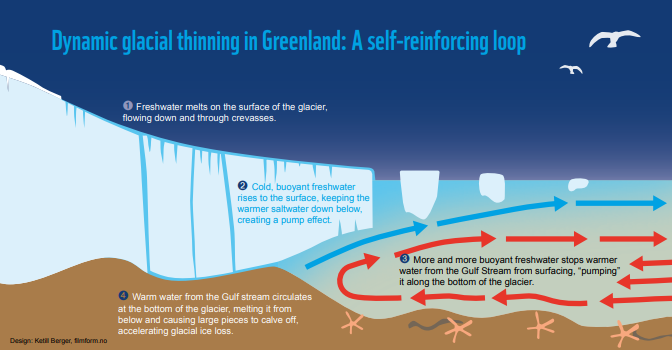© WWF
Features
The importance of the cryosphere
- Climate Change
- Last Ice Area
- Pan-Arctic
What is the cryosphere?
The cryosphere is made up of all the frozen places on our planet like glaciers, continental ice sheets, permafrost, snow and ice. These frozen places heavily influence the climate around the world. Many ecosystems and communities depend on the cryosphere and have made it their home.
© WWF
Where can you find the cryosphere?

© WWF
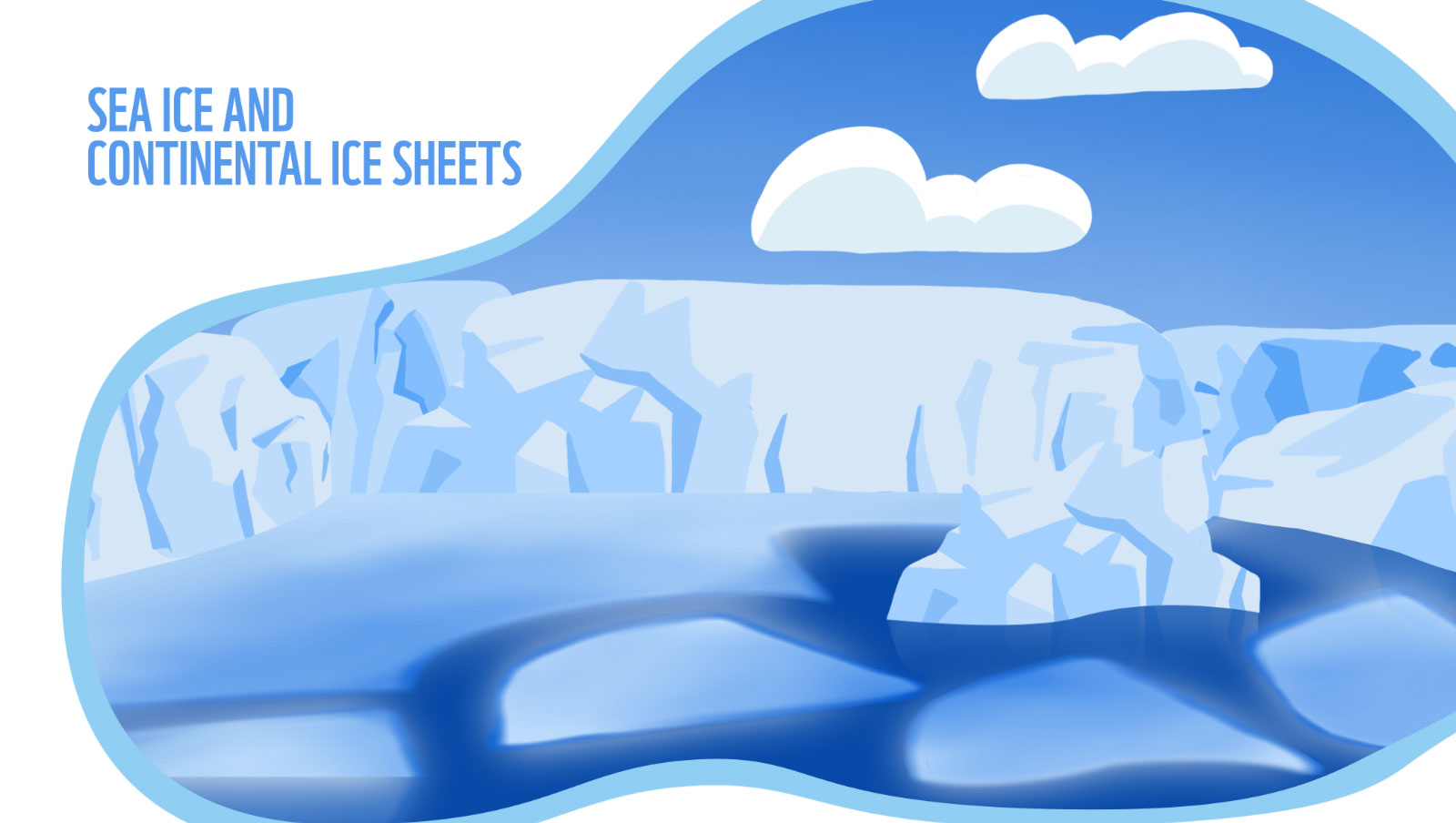
© WWF
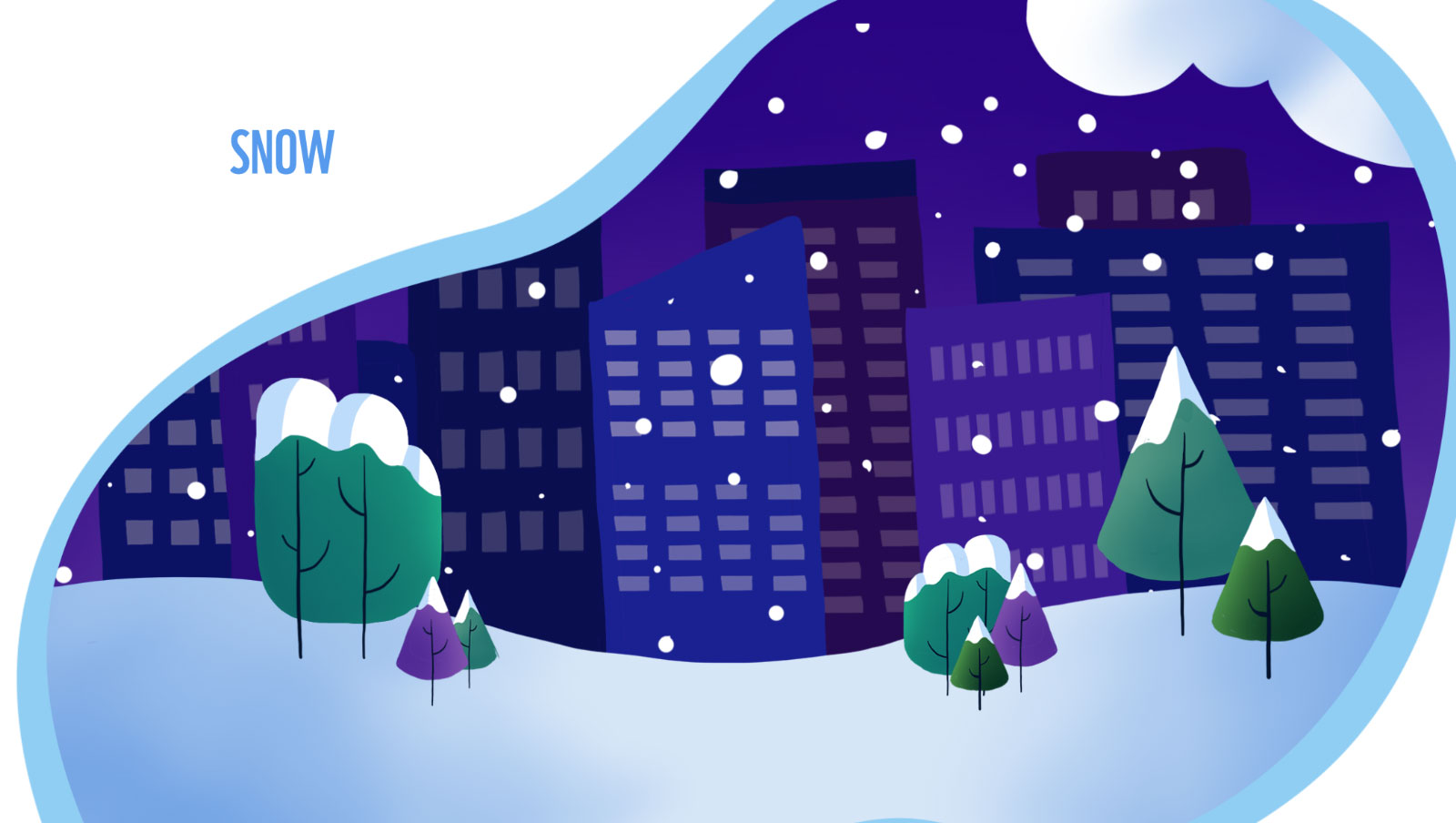
© WWF
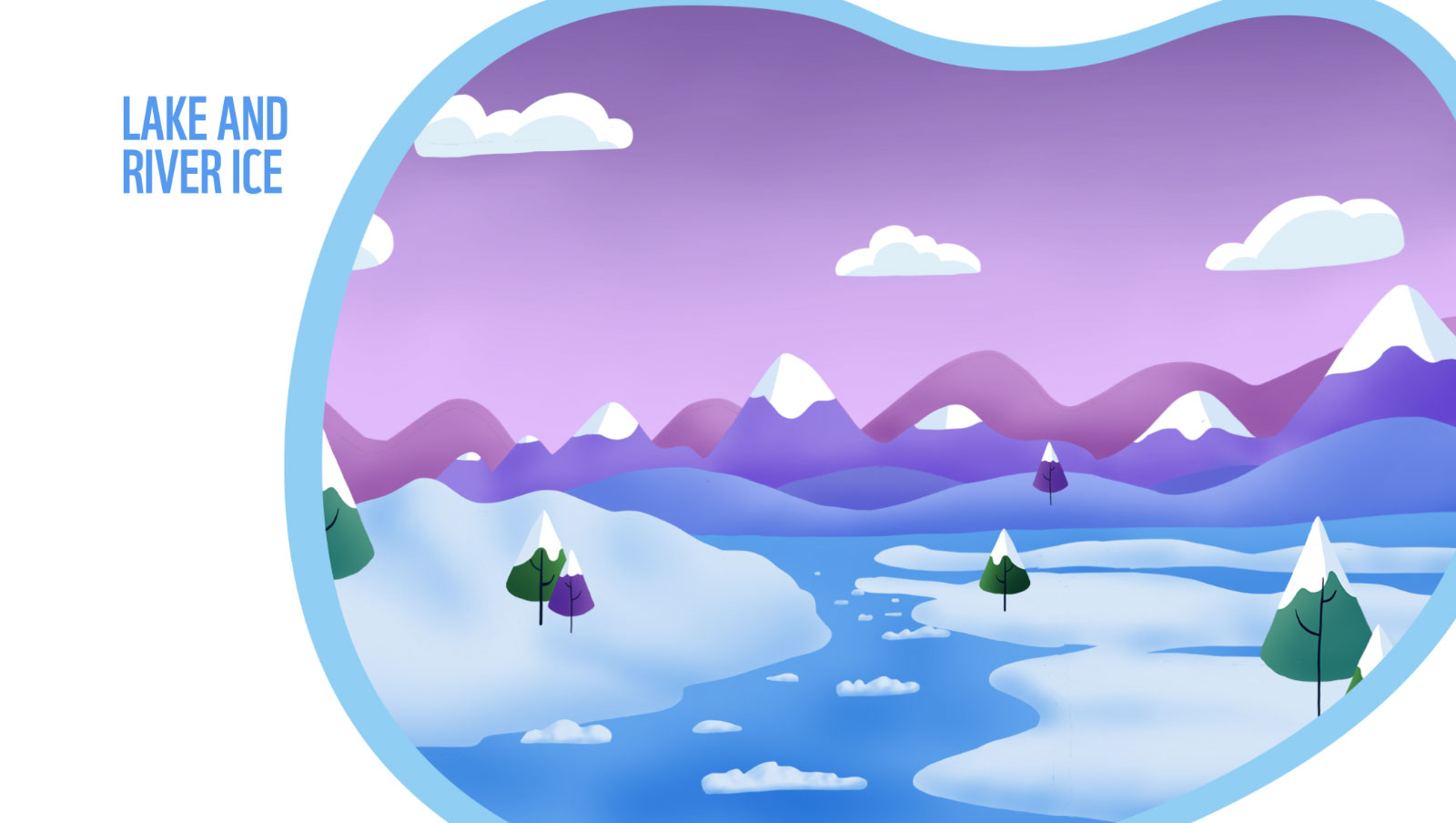
© WWF
What happens in the Arctic doesn’t stay in the Arctic
The polar regions are warming faster than any other place on our planet. This affects global temperatures and sea levels and has a direct impact on the earth’s climate. Melting in the polar regions is threatening life everywhere causing rising sea levels, changes in our climate and more severe weather events. It also effects important fish stocks, marine mammals and bird populations.
Dynamic glacial thinning
Ice loss from Greenland and Antarctica is contributing to significant sea level rise around the world.
As freshwater melts on the surface of Greenland’s ice sheet it flows down and prevents warmer salt water from rising, keeping warm water flowing along the bottom of the ice sheet.
As more freshwater continues to melt it forces more and more warm saltwater to flow along the bottom of the ice sheet, melting it from below and causing large pieces to fall off.
What is permafrost?
Permafrost is a layer of frozen soil, composed of soil, gravel, and sand bound together by ice. Permafrost is found throughout the Arctic, as well in Eastern Europe and China. It can also be found below the ocean floor.
Permafrost contains a lot of carbon dioxide and methane that has been stored over thousands of years. Recent research shows that permafrost is thawing 70 years earlier than anybody thought it would. One potential consequence of the current rapid thawing is the release of this carbon dioxide and methane into the atmosphere.
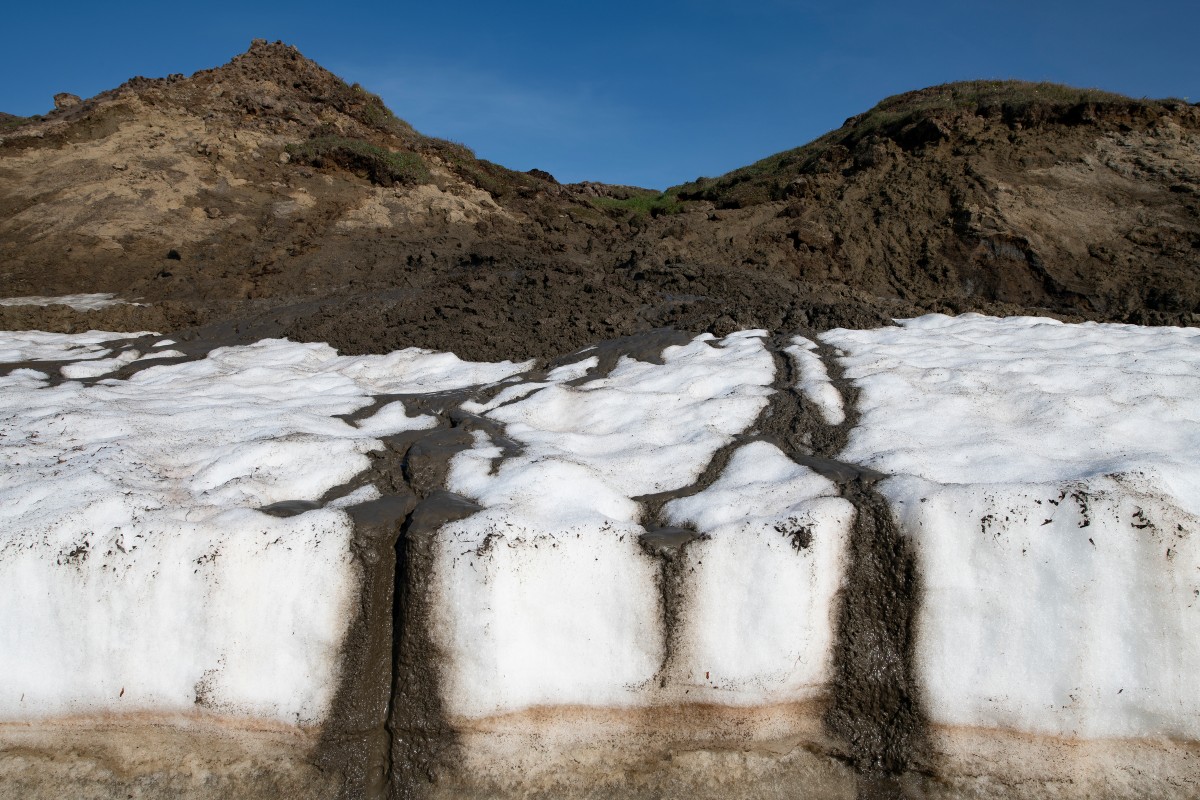
© Chris Linder/WWF US
As permafrost thaws and releases large amounts of greenhouse gases, it will become a source of increased warming, increasing soil temperatures and leading to more thawing and greenhouse gas emissions.
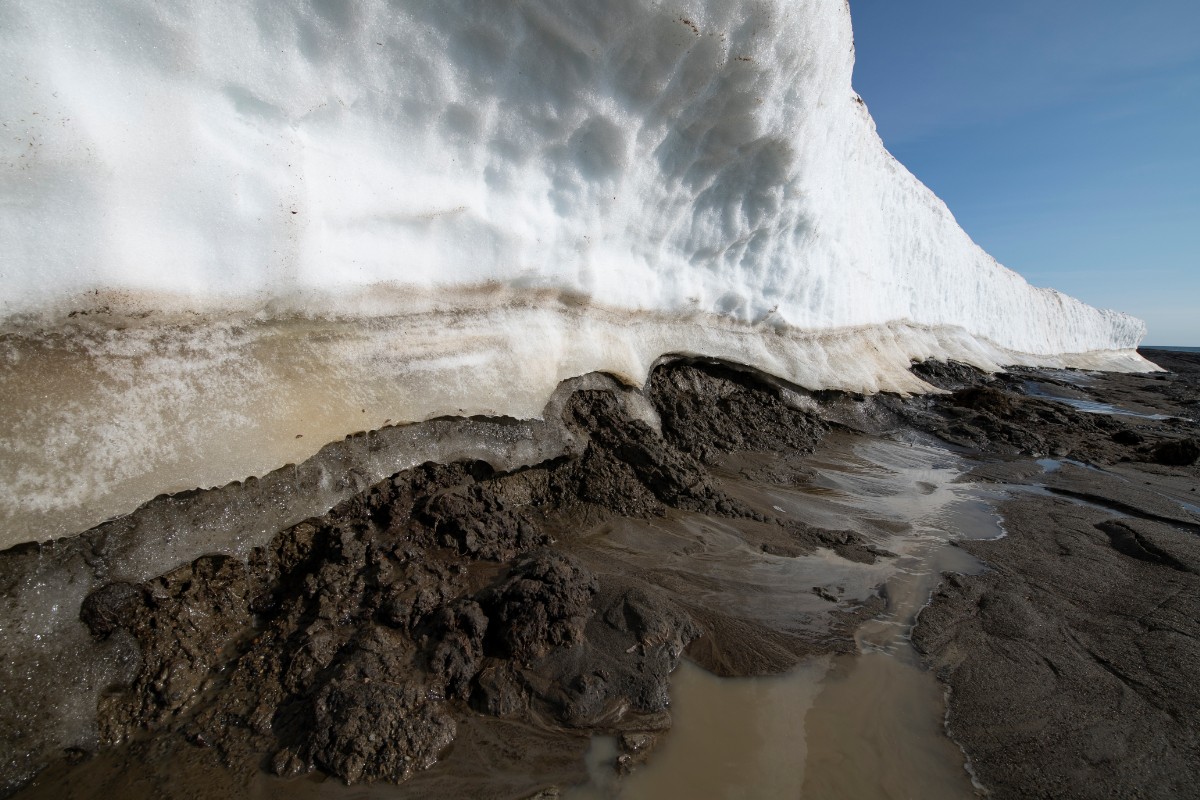
© Chris Linder/WWF US
Permafrost thaw is causing homes, roads, and schools to buckle and collapse, some communities have already begun to relocate. Thawing permafrost can also cause landslides, floods, and coastal erosion, further impacting wildlife and infrastructure.
By WWF Global Arctic Programme
